Polestar Day: A glimpse into the future of electric mobility
A stage for technology. A keynote that showcased the future of electrification. New cars and new innovations. A place for Polestar fans to see what comes next. This is Polestar Day.
The historic Barker Hangar in Santa Monica, Los Angeles, once home to the world's first commercial plane – the Douglas DC3 – now witnessed a new kind of innovation in mobility: the future of Polestar. Behind the hangar doors, guests were treated to an immersive experience that celebrated our passion for design, innovation, sustainability, and performance and showcased what comes next for Polestar.
As the 43-foot-tall metal doors closed, Polestar CEO Thomas Ingenlath took to the stage for a keynote about design, collaboration, and most importantly – innovation.
"Today is about giving you unique insights into the work that we have been doing in collaboration with our partners. We want you to leave with a sense of inspiration and excitement for what lies ahead."
The opening comments from Thomas were closely followed by insights from a range of our tech and innovation partners. Bcomp, Göteborg Energi, Luminar, Mobileye, and StoreDot all presented exciting announcements. We'll have more on this later.
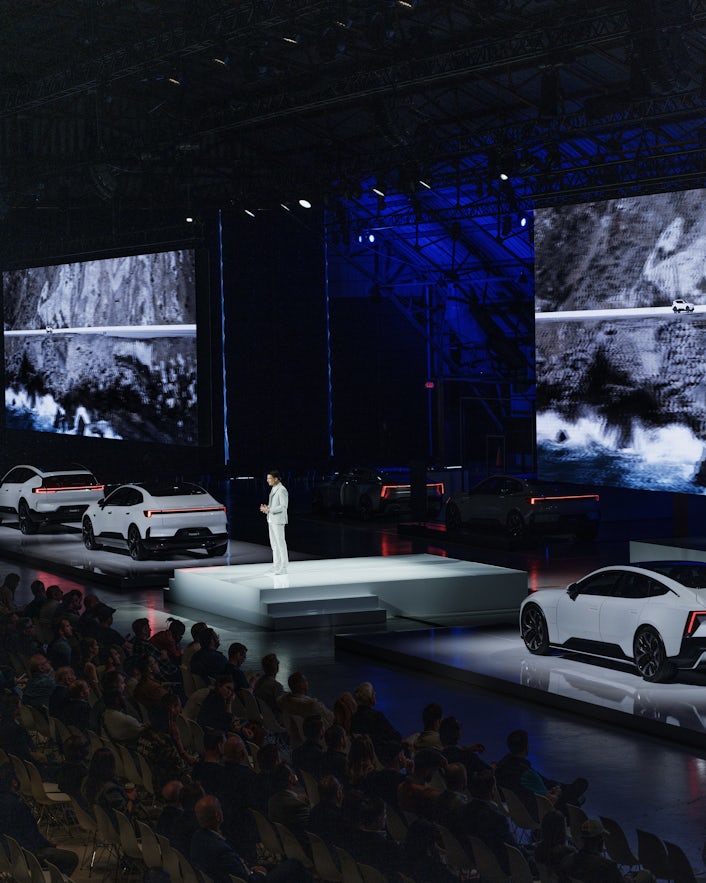
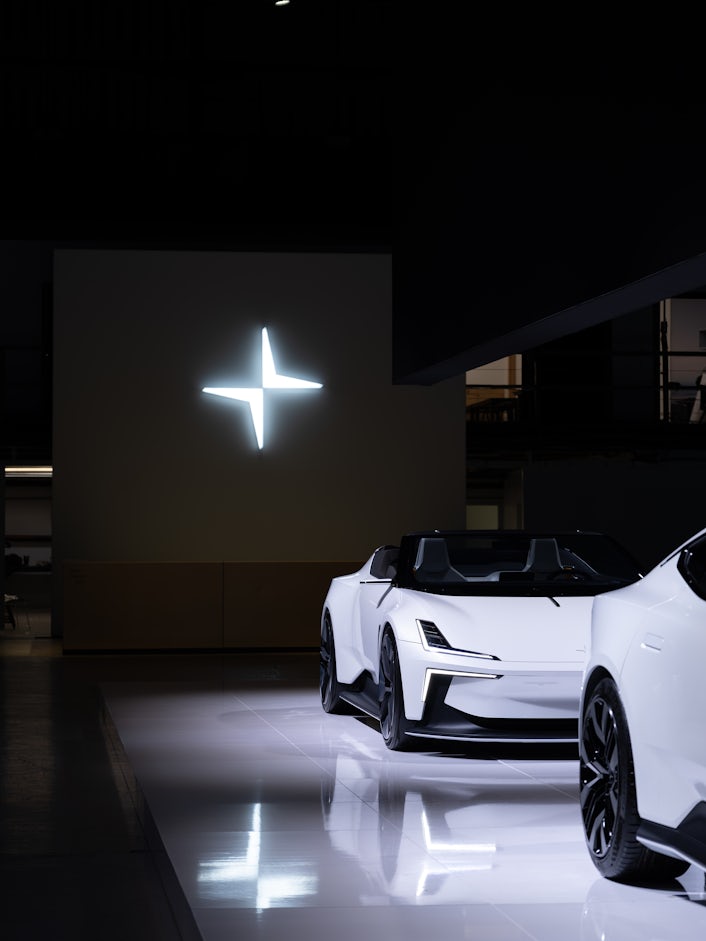
The Barker Hangar was divided into a series of four zones. Each zone presented an insight into a different aspect of Polestar's vision and lineup of cars, alongside our tech and innovation partners.
The Polestar 3 Zone was a showcase of material innovation and energy technology, inviting guests to explore not only the smart energy storage capability of Polestar 3 in-depth but also our partnership with Bcomp and the natural fibers that make up their unique, high-performance materials, first shown in the Polestar Precept.
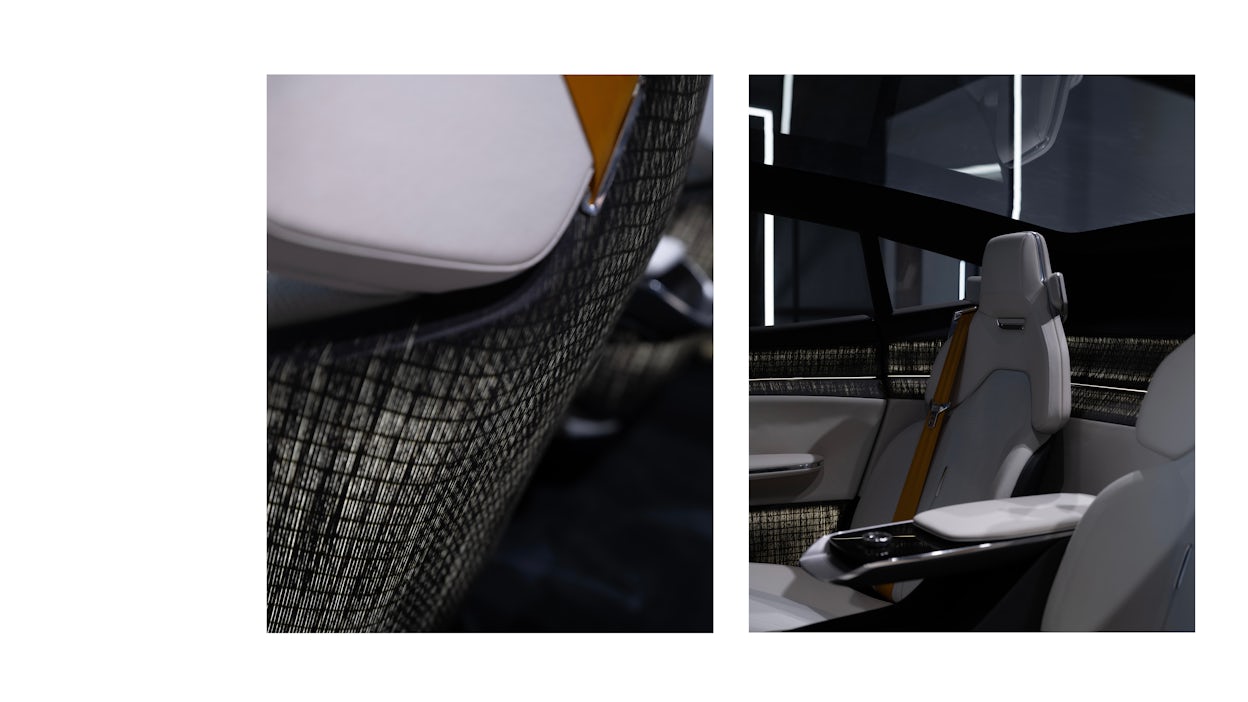
The average car remains unused 90 percent of the time – but what if it could be as useful when it's parked as when it's being driven? Enter vehicle to grid (V2G). This technology will allow cars to not only receive energy but also give back to the grid, seamlessly integrating into an energy ecosystem.
For Polestar Day, our V2G pilot project was visualized using a miniature 3D model of Los Angeles that could be lit up by equally scaled Polestar 3s. Each car can potentially discharge energy back into the home to save money at peak times or be sold back to the grid to help balance demand and support a more sustainable energy system.
"The customer does not need to do anything – they simply plug in their charger, fill in their weekly schedule of when they need to drive their car, and smart charging technology will handle the rest," said Polestar's Head of Global Communications & PR Tanya Ridd.

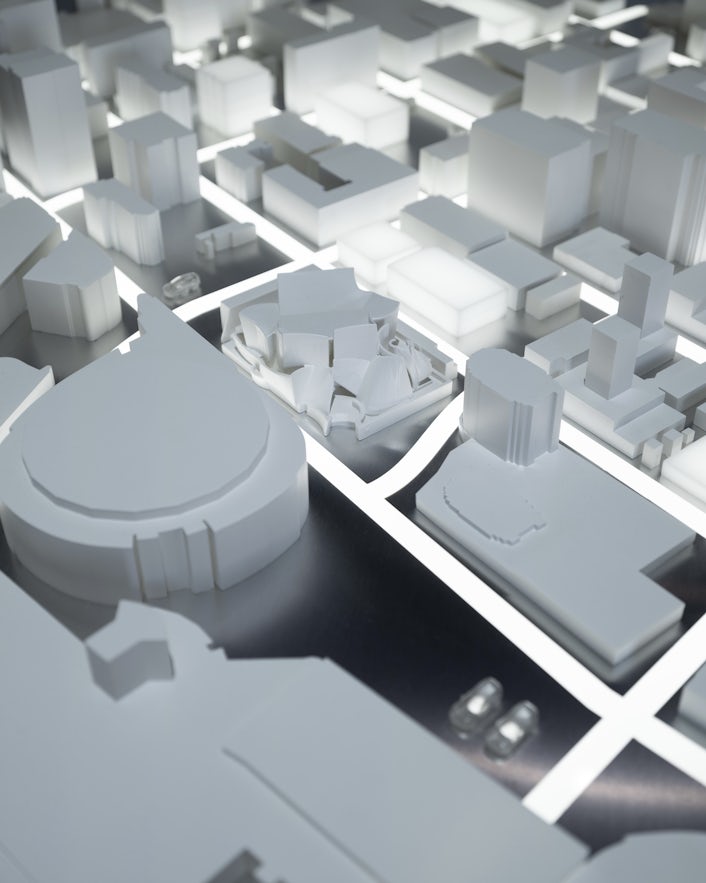
Adjacent to this, the Polestar 4 Zone invited visitors to visualize the extensive radar- and camera-based ADAS of Polestar 4. A smart "x-ray scanner" provided a visual representation of the numerous cameras and sensors powering Mobileye's SuperVision technology, from frunk to trunk.
The Polestar 4 digital rearview mirror was also available to be experienced – in giant form. Guests could see just how its wide 120-degree field of view actually feels. Sitting comfortably in Polestar seats, they were shown how the revolutionary design of Polestar 4, with its rear window removed and replaced by the digital rearview mirror, is reshaping the rear occupant experience. A fun photo moment concluded each demo, with guests taking their digital rearview mirror selfies home.
On top of that, the just-announced collaboration with Mobileye and Luminar to bring LiDAR to Polestar 4 in the future promised a road map towards self-driving capabilities, making the future of Polestar 4 all the more exciting.
"After collaborating with Mobileye on a solution since 2019, the true fruits of our labor are being realized for the first time by transitioning out of R&D and into a production vehicle with Polestar," said Luminar CEO Austin Russell.
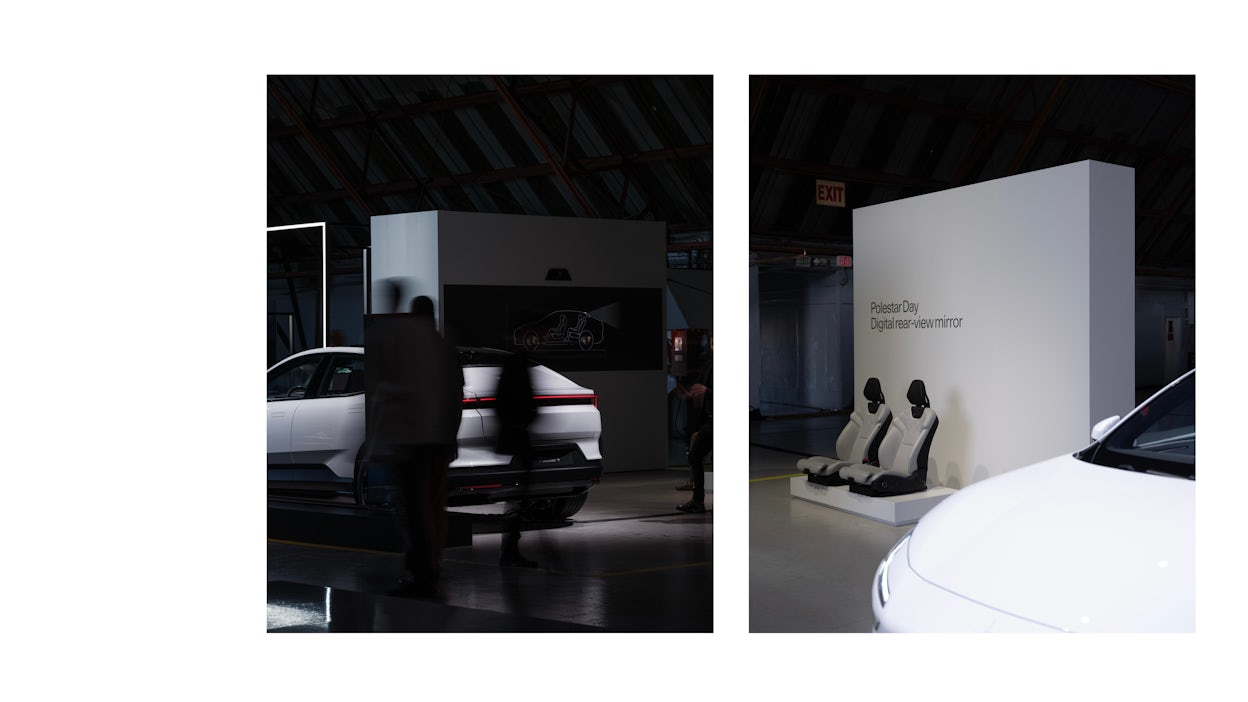
Charging anxiety will soon be a thing of the past. Game-changing charging times make it comparable to filling up with fuel – charging an electric vehicle in minutes.
The Polestar 5 Zone is where the energy was the most palpable, literally. Our partnership with StoreDot was embodied, revealing extreme fast charging technology that redefines the speed at which you will be able to charge your EV. The prototypes on display hinted at a future where stopping for a quick charge would be as effortless as filling up an ICE car with fuel.
"Charging anxiety will soon be a thing of the past. Game-changing charging times make it comparable to filling up with fuel – charging an electric vehicle in minutes," said StoreDot CEO Dr. Doron Myersdorf.
This extreme fast charging (XFC) technology was showcased in the zone with a 100-in-5 demo, where a pouch cell was charged with 100 miles worth of range in just five minutes.
A Polestar-developed battery module prototype was also on display with its theoretical 10–80% in 10 minutes charging capabilities. The module is currently being developed in Sweden by our engineers and is designed to integrate StoreDot's XFC.
Doron continued: "The true advantage with our technology is the way it can be integrated into cell-manufacturing facilities of today, and thus in today's EV battery packs. Not tomorrow, not when the next battery chemistry breakthrough finally materializes. Today!"
In 2024, together with StoreDot, we plan to showcase a full-scale XFC demonstration in a Polestar 5 prototype. Stay tuned.
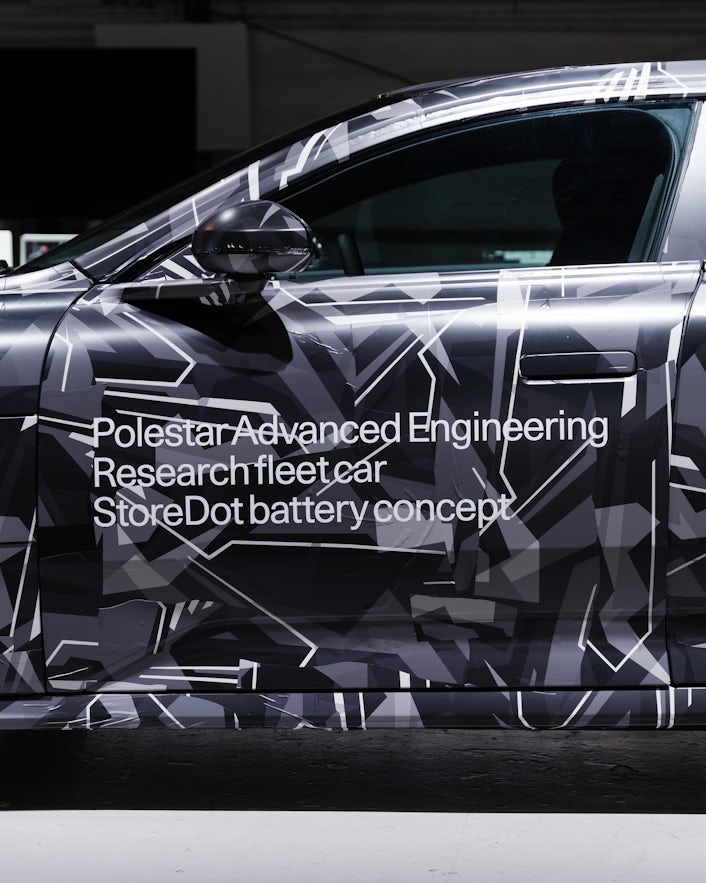
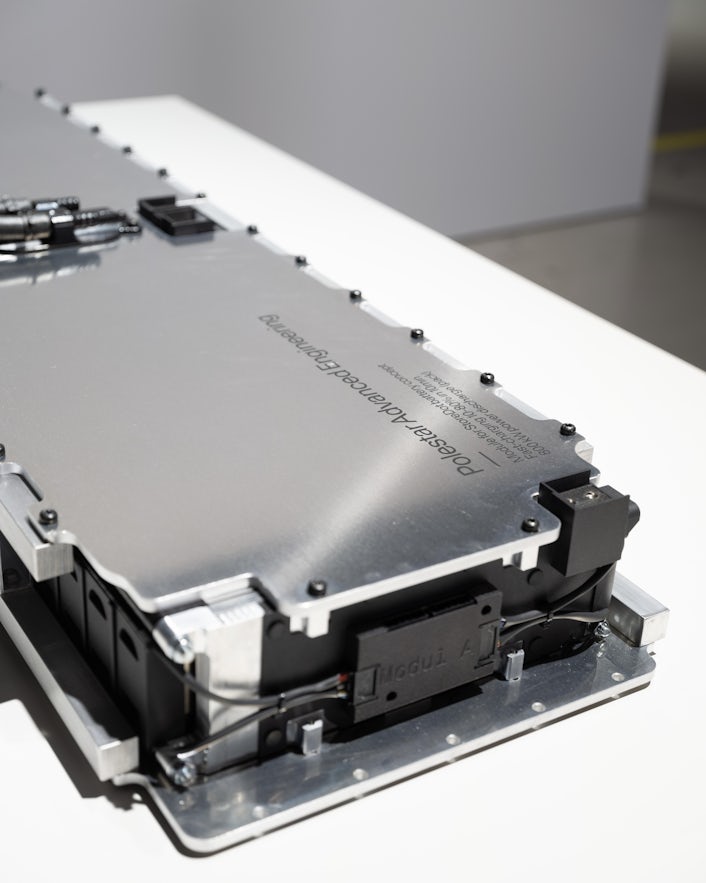
As a last stop, we arrive at the Material Innovation Zone – a testament to our commitment to sustainability. Materials sourced from collaborations with our Polestar 0 project partner companies PaperShell, Hydro, SSAB, and Dama BioPlastics were exhibited, allowing guests to get a feel of what the next generation's materials look like. One of them was the 100% recyclable Tom Dixon HYDRO chair, inspired by the automotive industry. The chair has been blow-formed into its distinctive shape using a process originally used in the automotive industry, called superplastic forming.
The experiences extended beyond mere visual exhibitions; visitors had the rare opportunity to partake in the story themselves. Polestar 3 and Polestar 4 development prototypes provided world-first ride-alongs with Polestar engineers and experts, offering a first-hand experience of innovation and performance under the sunny Santa Monica skies.
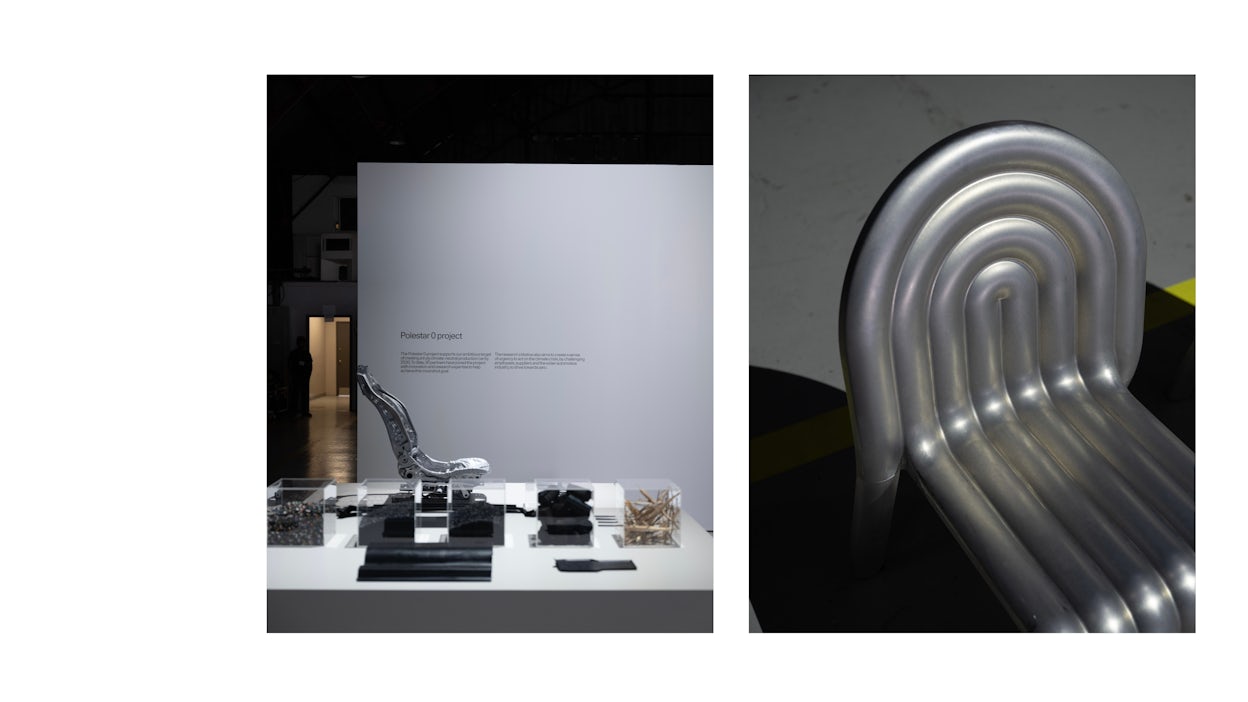
Polestar Day was a showcase of our progress and an embodiment of the future of the company. It was an invitation to witness the future of technology and design. As Thomas said when closing out the keynote:
"Electric cars that people get excited about. I truly believe that this is what matters most. The passion and desire of our customers for their Polestars is what will guarantee the success of this company. That is why we will keep on designing and delivering beautiful and powerful electric cars."
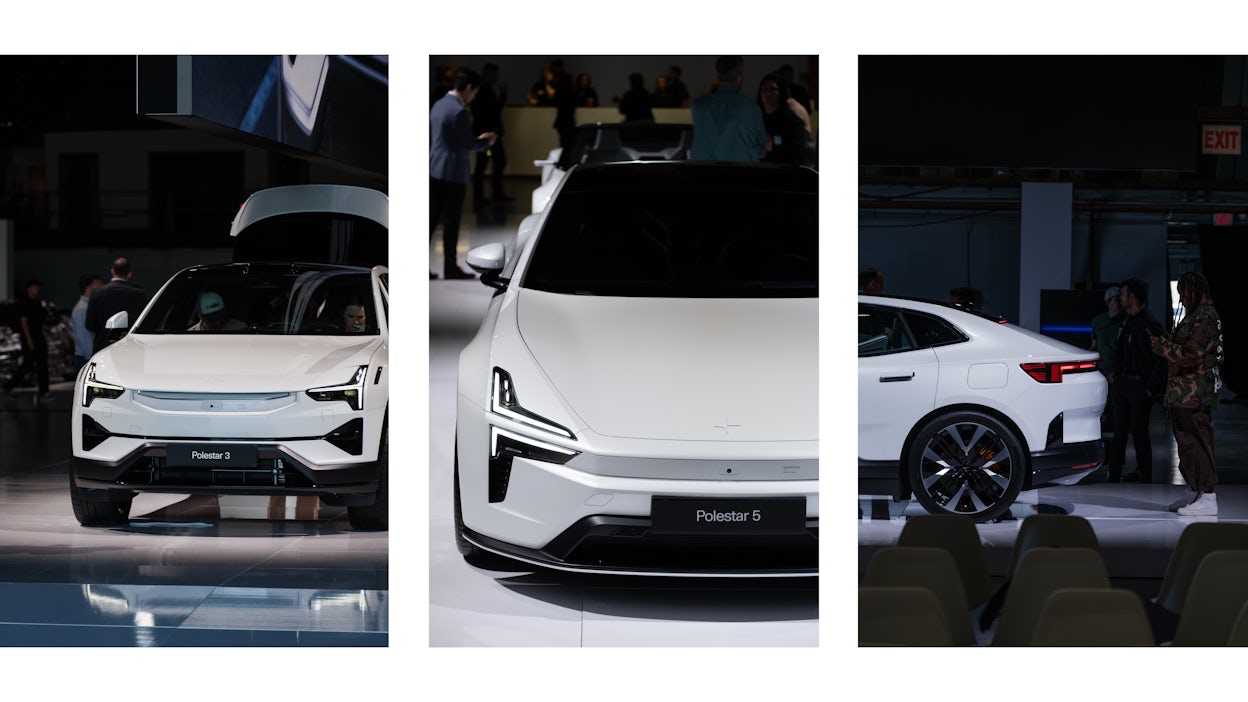
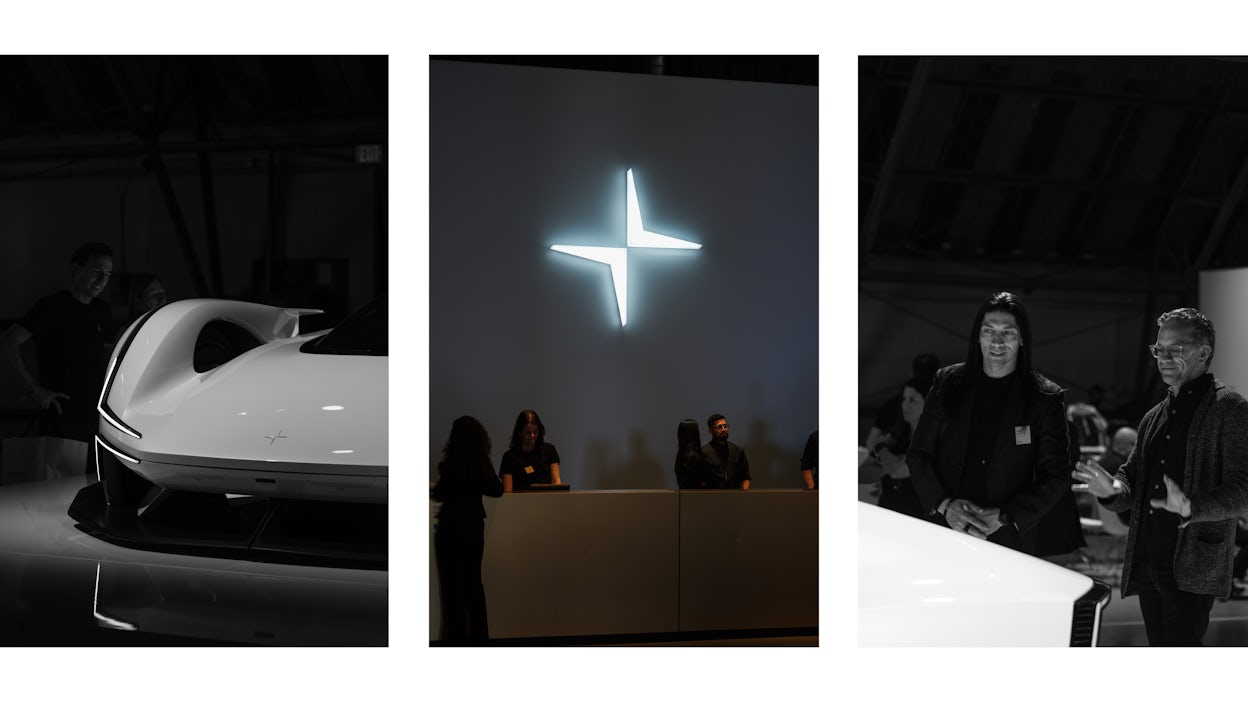


01/02








